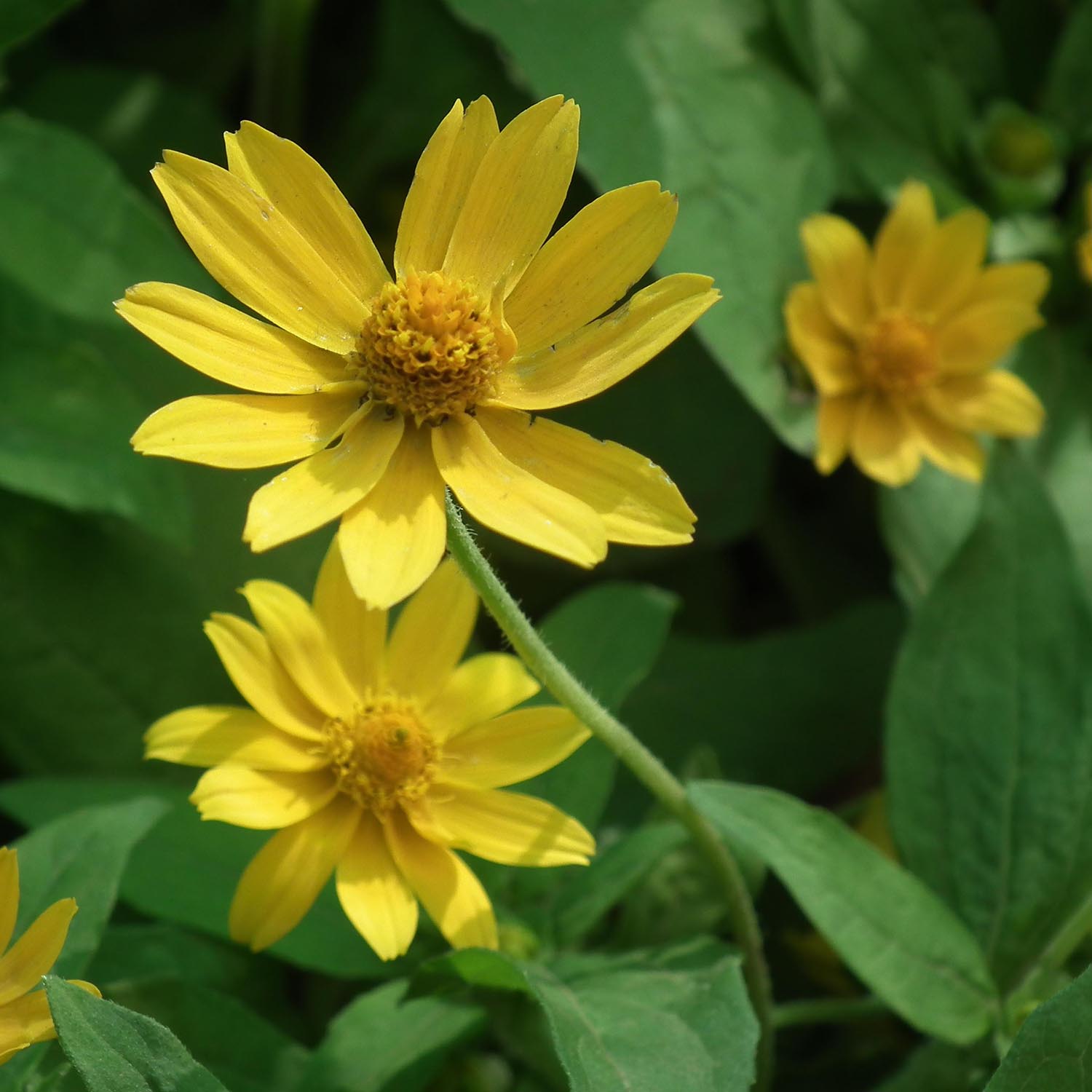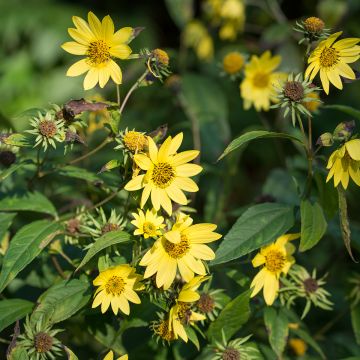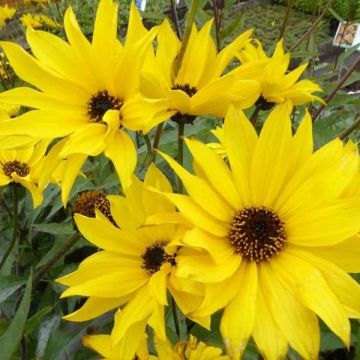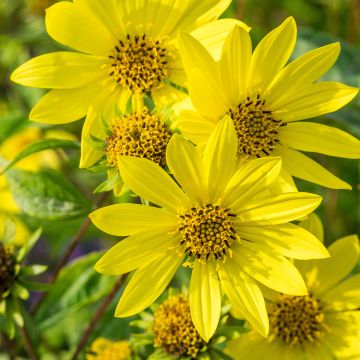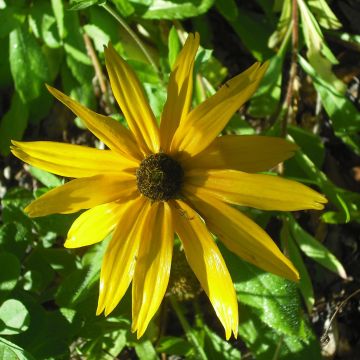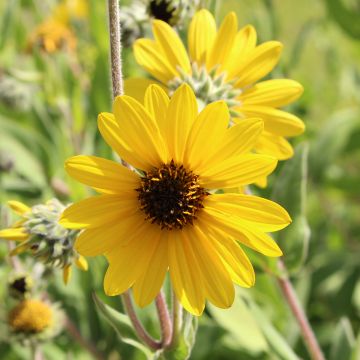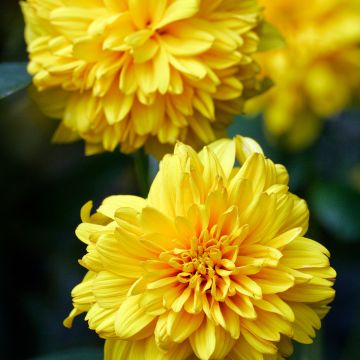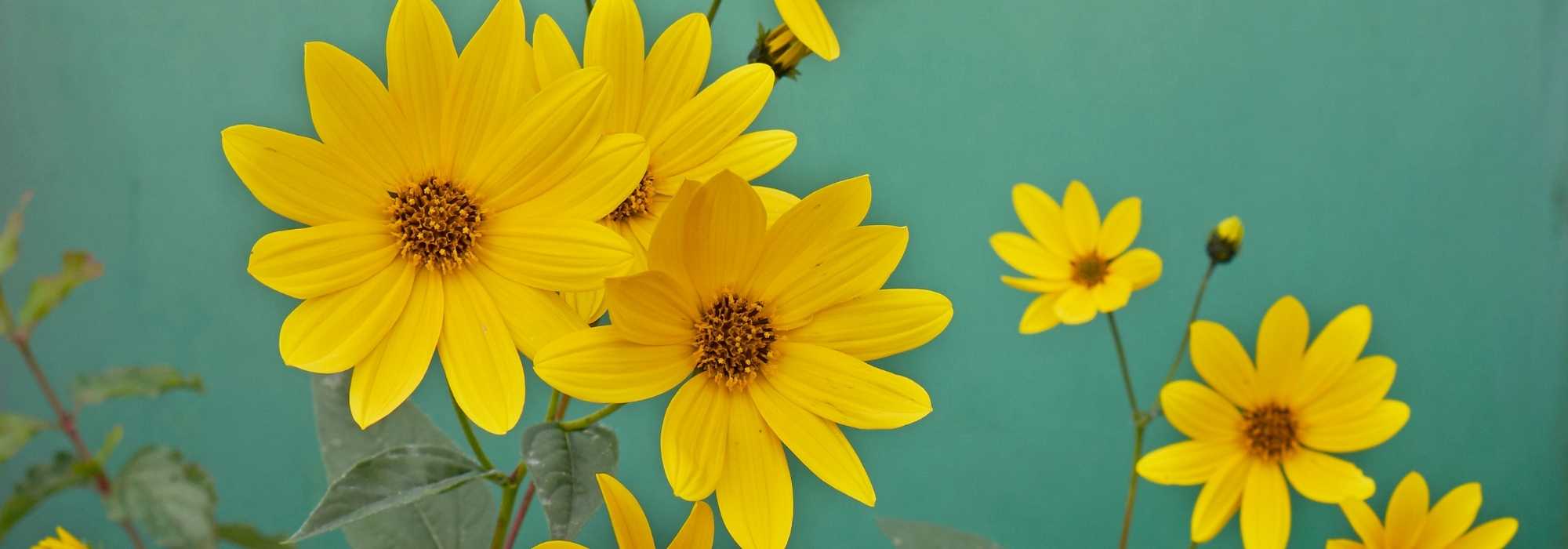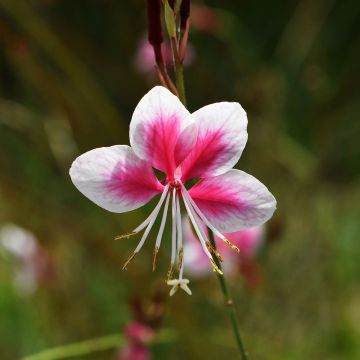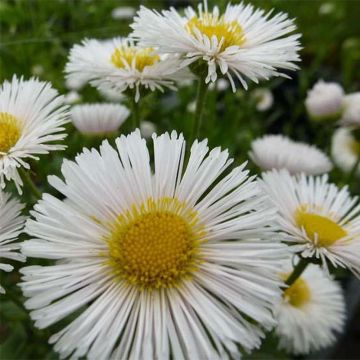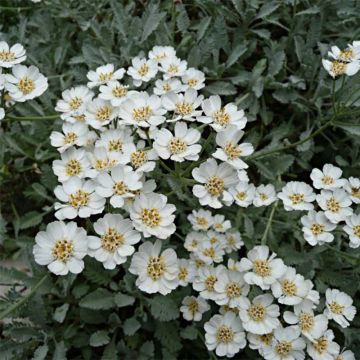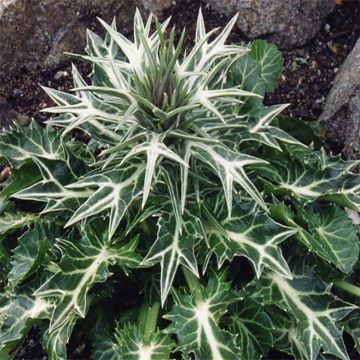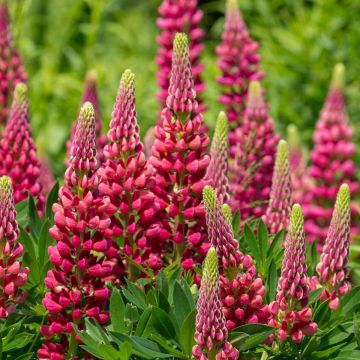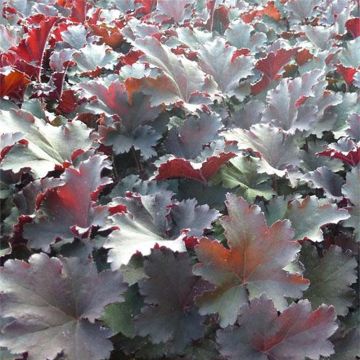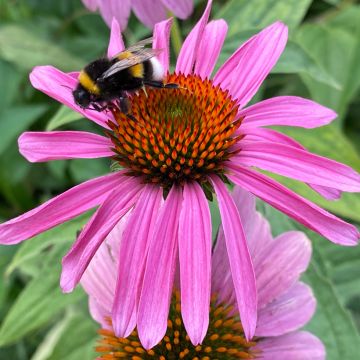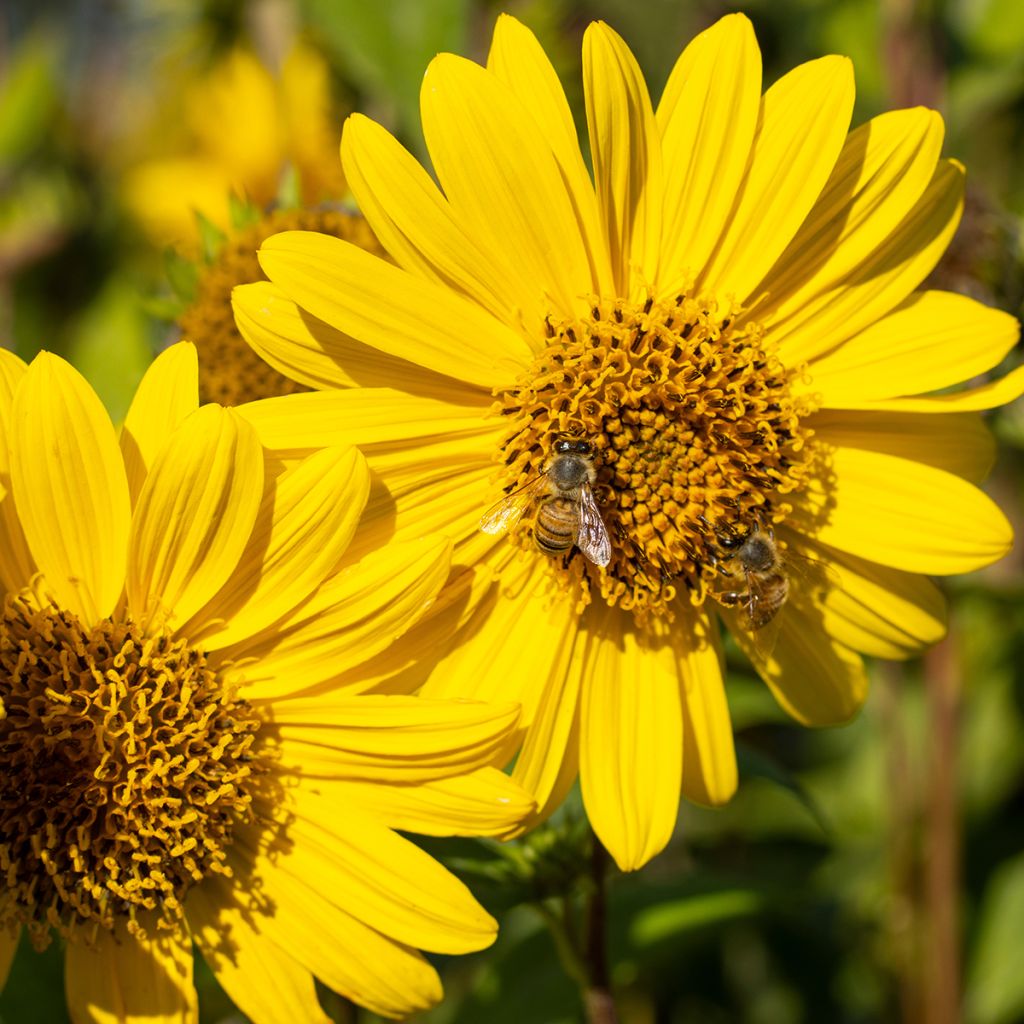

Helianthus decapetalus Capenoch Star
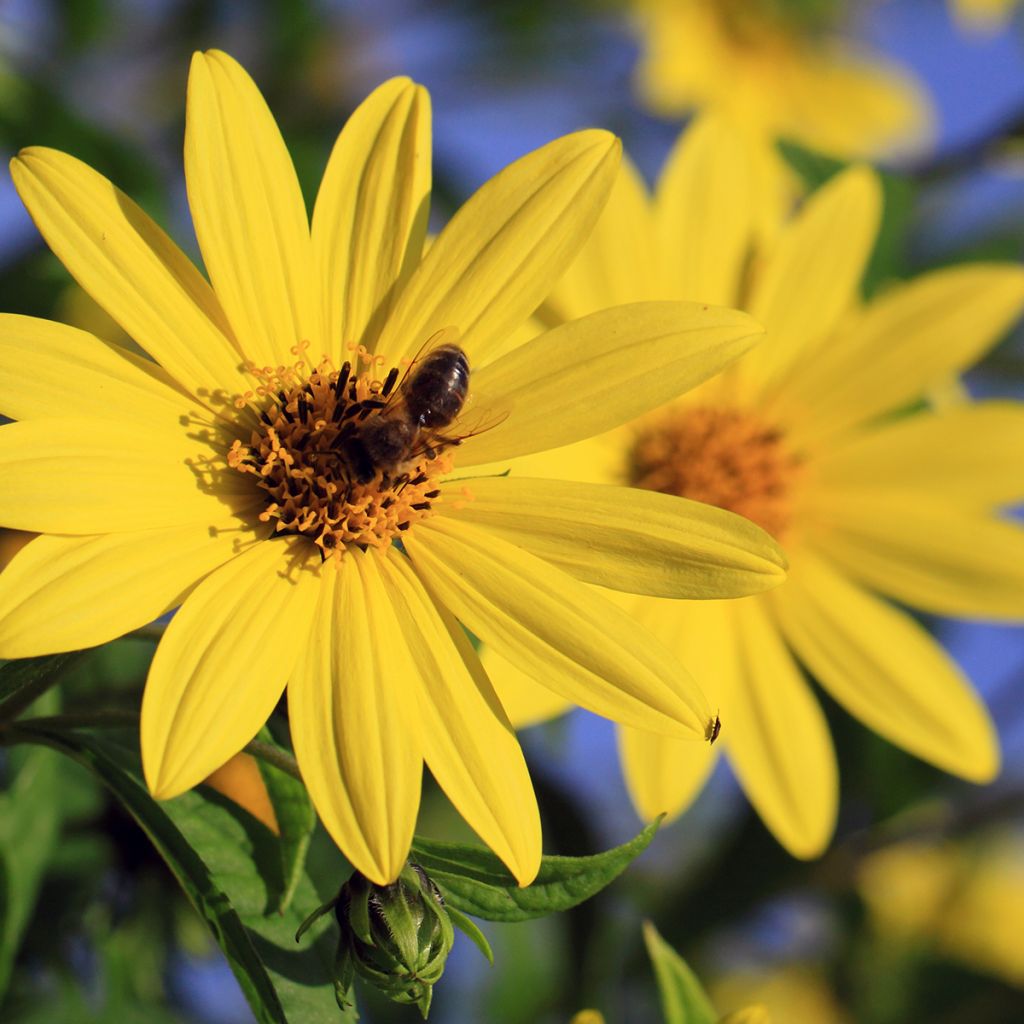

Helianthus decapetalus Capenoch Star
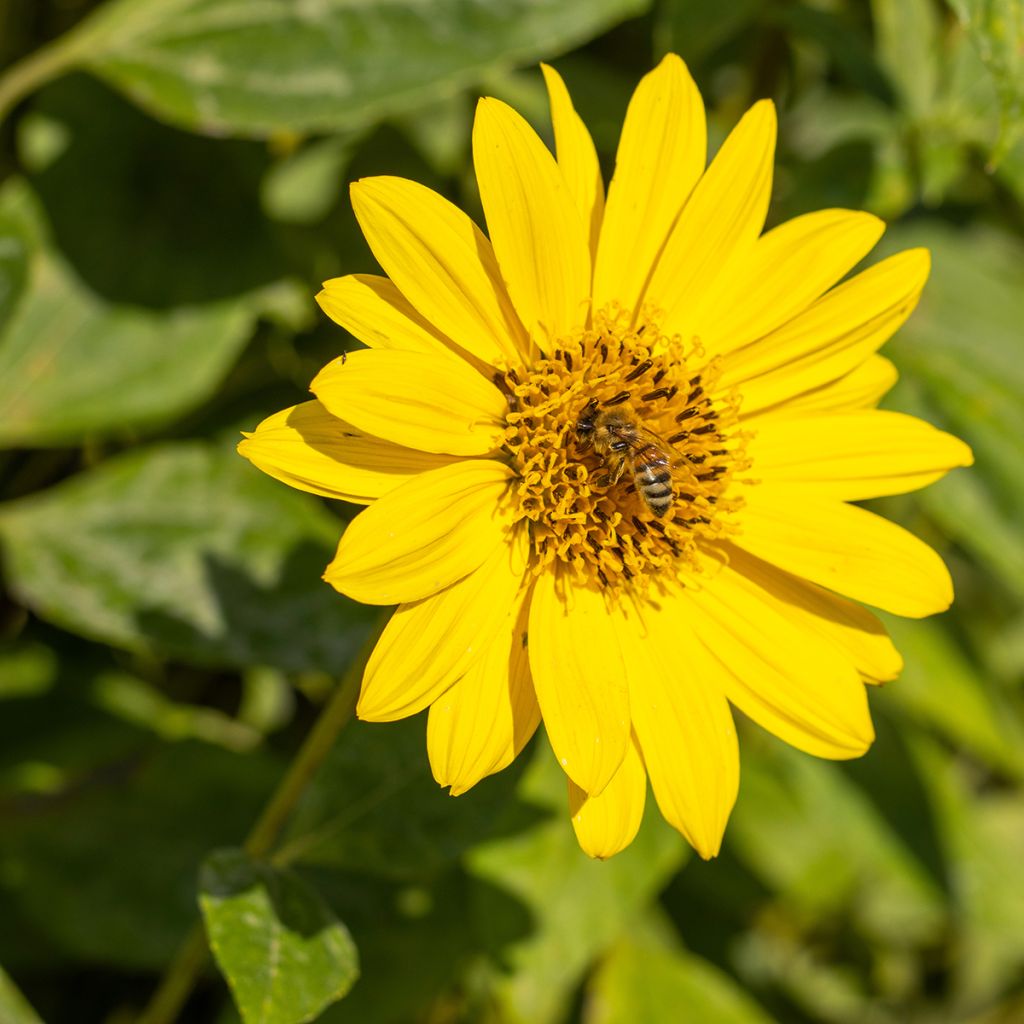

Helianthus decapetalus Capenoch Star
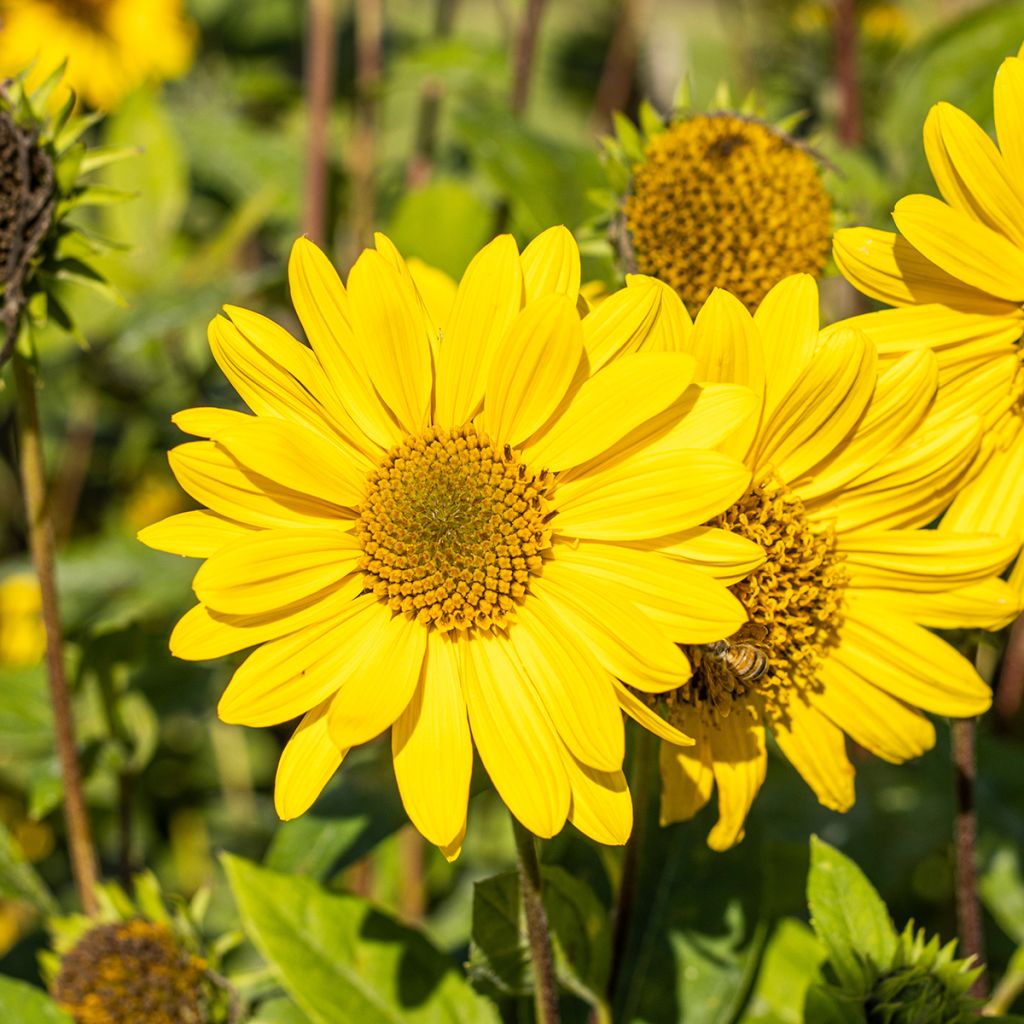

Helianthus decapetalus Capenoch Star
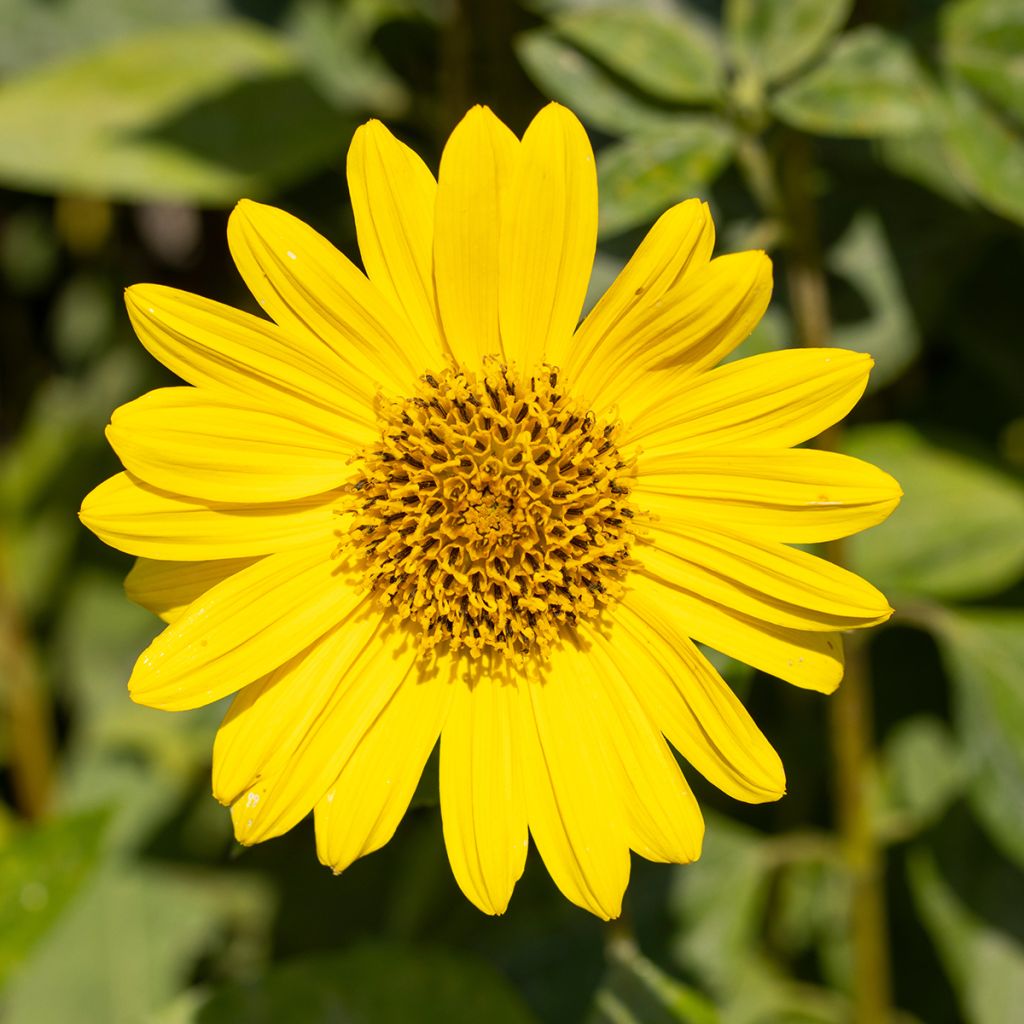

Helianthus decapetalus Capenoch Star
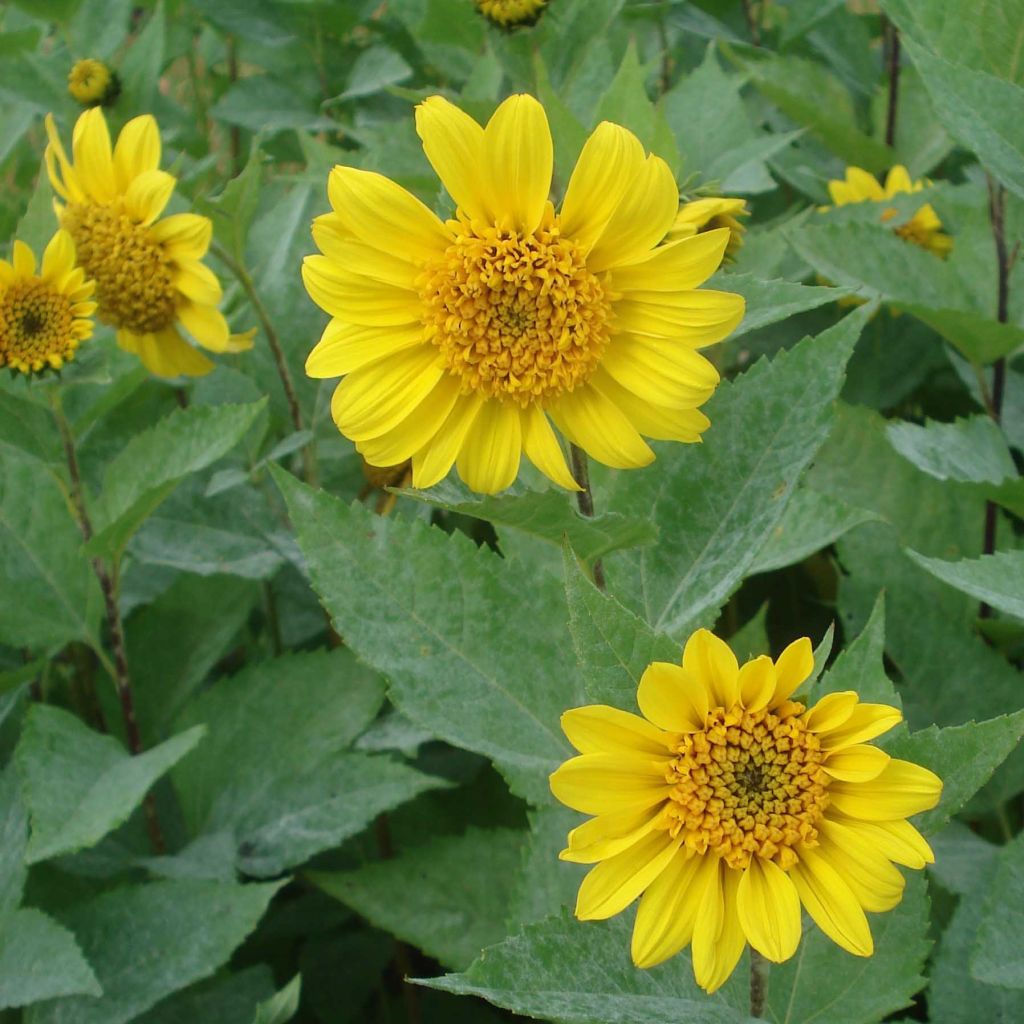

Helianthus decapetalus Capenoch Star
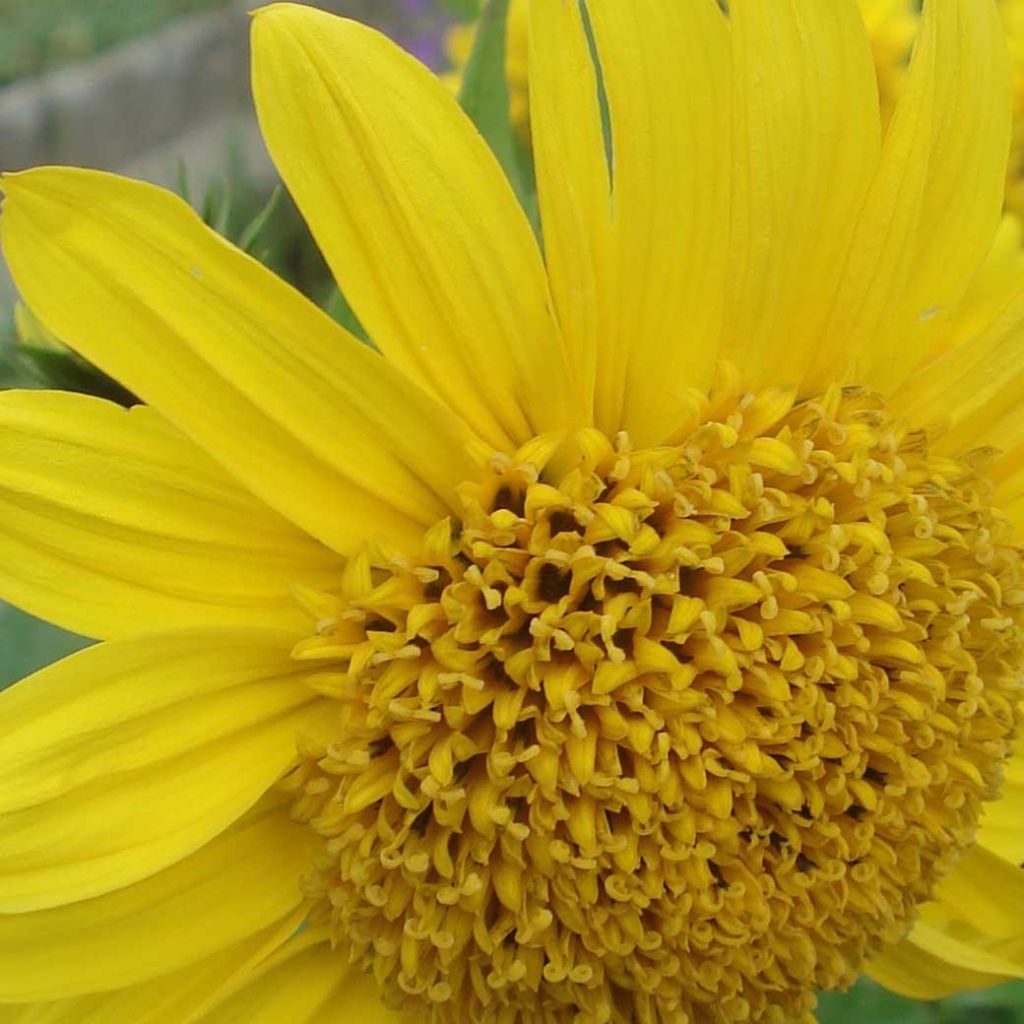

Helianthus decapetalus Capenoch Star
Helianthus decapetalus Capenoch Star
Helianthus decapetalus Capenoch Star
Thin-leaved sunflower, Forest sunflower, Ten-petal sunflower
The young plant is not great, it looks like it's withered.
Patrick, 08/02/2021
Special offer!
Receive a €20 voucher for any order over €90 (excluding delivery costs, credit notes, and plastic-free options)!
1- Add your favorite plants to your cart.
2- Once you have reached €90, confirm your order (you can even choose the delivery date!).
3- As soon as your order is shipped, you will receive an email containing your voucher code, valid for 3 months (90 days).
Your voucher is unique and can only be used once, for any order with a minimum value of €20, excluding delivery costs.
Can be combined with other current offers, non-divisible and non-refundable.
Home or relay delivery (depending on size and destination)
Schedule delivery date,
and select date in basket
This plant carries a 12 months recovery warranty
More information
We guarantee the quality of our plants for a full growing cycle, and will replace at our expense any plant that fails to recover under normal climatic and planting conditions.

Does this plant fit my garden?
Set up your Plantfit profile →
Description
Helianthus decapetalus 'Capenoch Star', also known as perennial sunflower, is a non-invasive woody-stemmed plant that forms a tall and bushy clump, with sturdy stems, flowering from late summer until the first frost. Its daisy-like flowers are intense golden yellow, with a darker yellow rounded heart, resembling a pompom, and its elongated and toothed leaves are an elegant dark green. This sunflower is the garden's final smile, bringing life and cheer to wildflower beds and autumn foliage at the end of the season. It thrives in ordinary soil, preferably moist but occasionally dry, in full sun.
Helianthus decapetalus, or Ten-petaled Sunflower, belongs to the Asteraceae family. This tall perennial is native to the central and southeastern United States. The 'Capenoch Star' variety can reach a height of 1.30m (4ft) with a spread of 60cm (24in) at the base. The whole plant forms a bouquet of sturdy, glabrous stems at the base, bristly and rough towards their ends, and branching. The flowering period occurs from September to October-November. The flower heads appear in large numbers at the top of the stems, resembling well-double and round daisies with a diameter of 5 to 8cm (2 to 3in). The ligules are wide, intense golden yellow, arranged radially around a wide and prominent heart that darkens to yellow-orange when mature. The deciduous leaves are dark green, lanceolate to obovate, with a velvety underside, measuring 10cm (4in) in length and toothed. They are distributed all the way up the stems.
The great advantage of perennial sunflowers is their late flowering and excellent adaptation to heavy, clayey, and even limestone soils. Helianthus decapetalus 'Capenoch Star' is an excellent long-lasting perennial. Vigorous, it is perfect for the back of flower beds or mixed borders. It is a plant with a wild look that fits well in slightly untamed areas of the garden, alongside Cosmos, sainfoin, tall Scabious, and pendulous Liatris, for example. Another idea for companion planting with equally easy plants is Vernonia noveboracensis, Eupatorium fistulosum, Andropogon virginicus, Muhlenbergia capillaris. Its tall stature allows it to be placed in front of deciduous shrubs: Spireas, Hydrangea quercifolia, Cotinus, which will serve as natural supports while blending their autumn colours with its sunny flowering.
Helianthus decapetalus Capenoch Star in pictures
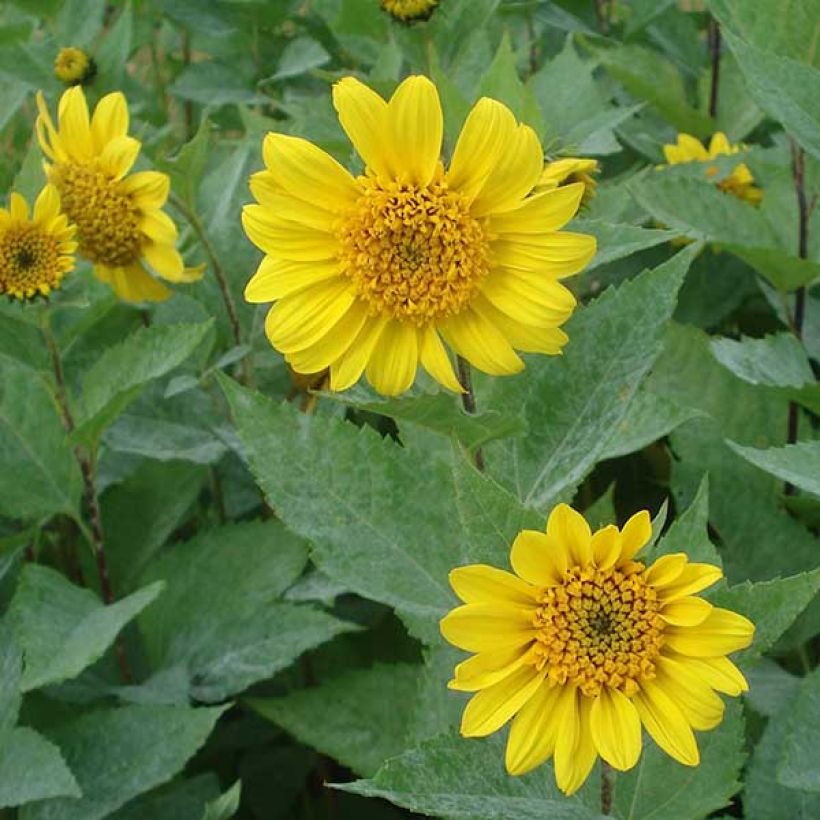

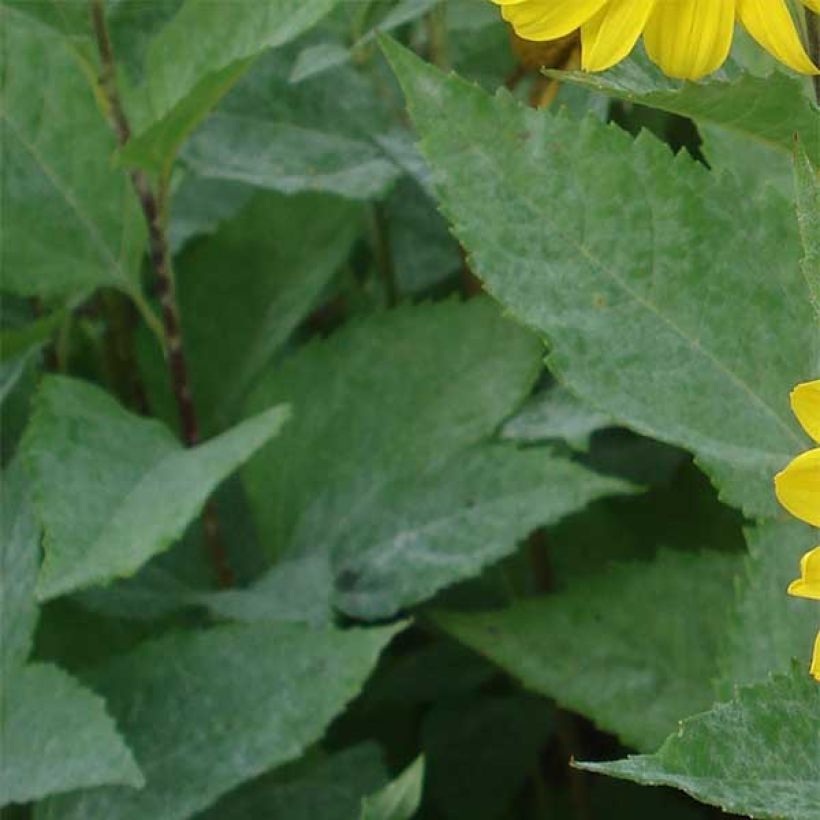

Flowering
Foliage
Plant habit
Botanical data
Helianthus
decapetalus
Capenoch Star
Asteraceae
Thin-leaved sunflower, Forest sunflower, Ten-petal sunflower
Cultivar or hybrid
Other Helianthus
View all →Planting and care
Plant Helianthus decapetalus 'Capenoch Star' in ordinary soil, even clayey or chalky, but fertile. This perennial can withstand drought and heavy soils, as long as they are rich. Plant in a sunny position, sheltered from strong winds that could flatten the clump, although it is sturdy. The plant does not need to be staked. It easily self-seeds in the garden, making it an ideal candidate for transition zones with hedgerows or countryside. Its seeds will feed the birds. Cut back the clump after flowering to prevent seed formation, or in late winter to maintain a compact habit.
Planting period
Intended location
Care
Planting & care advice
-
, onOrder confirmed
Reply from on Promesse de fleurs
Similar products
Haven't found what you were looking for?
Hardiness is the lowest winter temperature a plant can endure without suffering serious damage or even dying. However, hardiness is affected by location (a sheltered area, such as a patio), protection (winter cover) and soil type (hardiness is improved by well-drained soil).

Photo Sharing Terms & Conditions
In order to encourage gardeners to interact and share their experiences, Promesse de fleurs offers various media enabling content to be uploaded onto its Site - in particular via the ‘Photo sharing’ module.
The User agrees to refrain from:
- Posting any content that is illegal, prejudicial, insulting, racist, inciteful to hatred, revisionist, contrary to public decency, that infringes on privacy or on the privacy rights of third parties, in particular the publicity rights of persons and goods, intellectual property rights, or the right to privacy.
- Submitting content on behalf of a third party;
- Impersonate the identity of a third party and/or publish any personal information about a third party;
In general, the User undertakes to refrain from any unethical behaviour.
All Content (in particular text, comments, files, images, photos, videos, creative works, etc.), which may be subject to property or intellectual property rights, image or other private rights, shall remain the property of the User, subject to the limited rights granted by the terms of the licence granted by Promesse de fleurs as stated below. Users are at liberty to publish or not to publish such Content on the Site, notably via the ‘Photo Sharing’ facility, and accept that this Content shall be made public and freely accessible, notably on the Internet.
Users further acknowledge, undertake to have ,and guarantee that they hold all necessary rights and permissions to publish such material on the Site, in particular with regard to the legislation in force pertaining to any privacy, property, intellectual property, image, or contractual rights, or rights of any other nature. By publishing such Content on the Site, Users acknowledge accepting full liability as publishers of the Content within the meaning of the law, and grant Promesse de fleurs, free of charge, an inclusive, worldwide licence for the said Content for the entire duration of its publication, including all reproduction, representation, up/downloading, displaying, performing, transmission, and storage rights.
Users also grant permission for their name to be linked to the Content and accept that this link may not always be made available.
By engaging in posting material, Users consent to their Content becoming automatically accessible on the Internet, in particular on other sites and/or blogs and/or web pages of the Promesse de fleurs site, including in particular social pages and the Promesse de fleurs catalogue.
Users may secure the removal of entrusted content free of charge by issuing a simple request via our contact form.
The flowering period indicated on our website applies to countries and regions located in USDA zone 8 (France, the United Kingdom, Ireland, the Netherlands, etc.)
It will vary according to where you live:
- In zones 9 to 10 (Italy, Spain, Greece, etc.), flowering will occur about 2 to 4 weeks earlier.
- In zones 6 to 7 (Germany, Poland, Slovenia, and lower mountainous regions), flowering will be delayed by 2 to 3 weeks.
- In zone 5 (Central Europe, Scandinavia), blooming will be delayed by 3 to 5 weeks.
In temperate climates, pruning of spring-flowering shrubs (forsythia, spireas, etc.) should be done just after flowering.
Pruning of summer-flowering shrubs (Indian Lilac, Perovskia, etc.) can be done in winter or spring.
In cold regions as well as with frost-sensitive plants, avoid pruning too early when severe frosts may still occur.
The planting period indicated on our website applies to countries and regions located in USDA zone 8 (France, United Kingdom, Ireland, Netherlands).
It will vary according to where you live:
- In Mediterranean zones (Marseille, Madrid, Milan, etc.), autumn and winter are the best planting periods.
- In continental zones (Strasbourg, Munich, Vienna, etc.), delay planting by 2 to 3 weeks in spring and bring it forward by 2 to 4 weeks in autumn.
- In mountainous regions (the Alps, Pyrenees, Carpathians, etc.), it is best to plant in late spring (May-June) or late summer (August-September).
The harvesting period indicated on our website applies to countries and regions in USDA zone 8 (France, England, Ireland, the Netherlands).
In colder areas (Scandinavia, Poland, Austria...) fruit and vegetable harvests are likely to be delayed by 3-4 weeks.
In warmer areas (Italy, Spain, Greece, etc.), harvesting will probably take place earlier, depending on weather conditions.
The sowing periods indicated on our website apply to countries and regions within USDA Zone 8 (France, UK, Ireland, Netherlands).
In colder areas (Scandinavia, Poland, Austria...), delay any outdoor sowing by 3-4 weeks, or sow under glass.
In warmer climes (Italy, Spain, Greece, etc.), bring outdoor sowing forward by a few weeks.






























